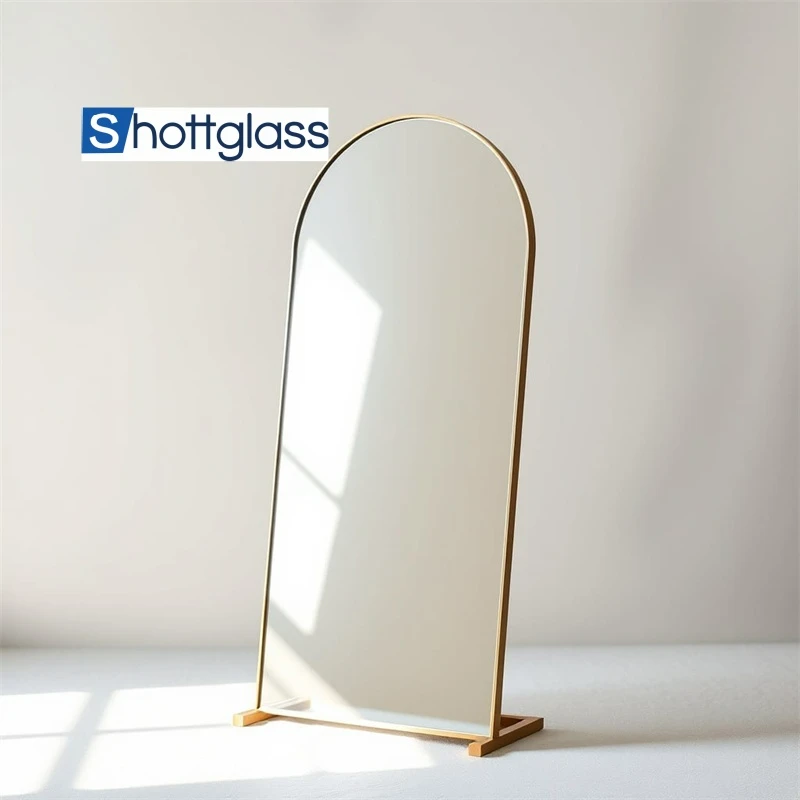Oct . 06, 2024 18:19 Back to list
annealed float glass
The Significance of Annealed Float Glass in Modern Architecture and Design
Annealed float glass is a widely used material in the world of architecture and design, valued for its clarity, smooth surface, and versatility. The process of producing float glass involves melting silica sand, soda ash, and limestone, which are then floated on molten tin to create an even, flat sheet. The annealing process, which follows, involves slowly cooling the glass in a controlled environment to relieve internal stresses. This combination of properties makes annealed float glass an essential component in various applications, from residential windows to large-scale commercial projects.
One of the primary advantages of annealed float glass is its optical clarity. The process of floating the glass on molten tin eliminates impurities and irregularities, resulting in a flawless surface that allows for optimal light transmission. This quality enhances the aesthetic appeal of buildings, creating bright, inviting spaces that attract natural light. Architects often leverage this feature to design expansive glass facades that blur the boundaries between indoor and outdoor environments.
In addition to its visual benefits, annealed float glass is known for its versatility in applications. It can be cut, shaped, and treated to meet specific design needs. Whether it's used for large panorama windows, shower enclosures, or glass partitions, this glass type adapts to diverse architectural styles and requirements. Furthermore, it is compatible with various coatings and treatments, allowing for enhanced thermal insulation and solar control. This adaptability addresses the growing demand for energy-efficient building materials in contemporary architecture.
annealed float glass

However, the use of annealed float glass does come with its considerations, particularly regarding safety and durability. While it is suitable for many interior applications, it is less resistant to impact compared to tempered glass, which undergoes additional treatment to increase its strength. As a result, architects must carefully assess the intended use of annealed float glass to ensure it meets safety standards, especially in high-traffic areas or where human safety is a concern.
Sustainability is another important factor in the modern architectural landscape, and annealed float glass holds its own in this regard. The raw materials used in its production are abundant and recyclable, contributing to the minimization of waste in construction. In recent years, a trend towards using recycled glass in the manufacturing process has gained traction, further enhancing its eco-friendliness.
In conclusion, annealed float glass plays a vital role in modern architecture and design, offering a perfect blend of visual appeal, versatility, and sustainability. As architects and designers continue to push the boundaries of creative expression, the significance of this material will only grow. Its ability to create stunning visual effects, coupled with the practical considerations of energy efficiency and safety, ensures that annealed float glass remains a favored choice in the fast-evolving world of building design.
-
Sustainable Practices in a Modern Coated Glass Factory
NewsAug.07,2025
-
Insulated Glass Unit Installation Best Practices and Tips
NewsAug.07,2025
-
Frosted Glass Types and Custom Solutions for Sale
NewsAug.07,2025
-
Current Clear Float Glass Price Trends in Global Markets
NewsAug.07,2025
-
Comparing Different Types of Laminated Glass Performance
NewsAug.07,2025
-
Best Anti Fog Bathroom Mirror Solutions for Humid Climates
NewsAug.07,2025
Related PRODUCTS














